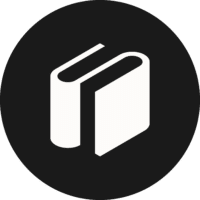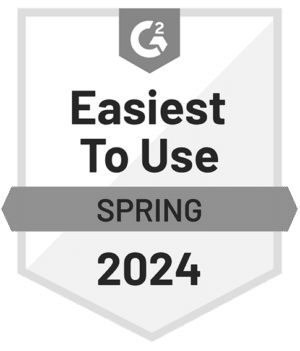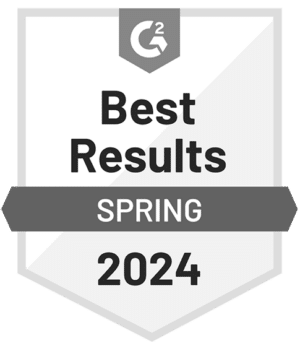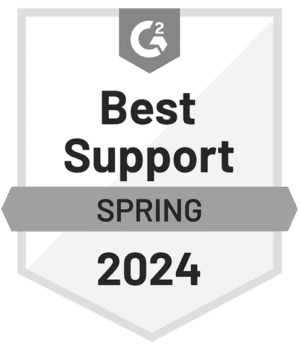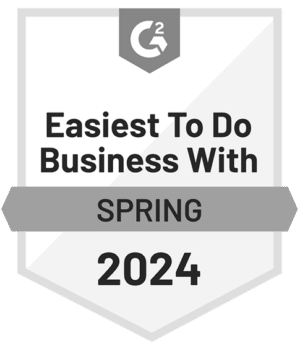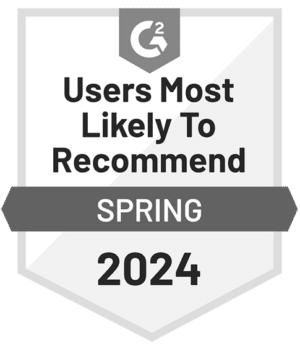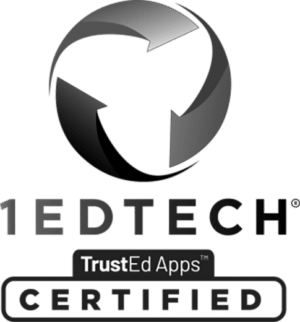
It takes more than just a vision and plan to transform instructional leadership—it takes continuous effort. Gillian Quinn, school leader within KIPP Houston, says “As much as you can, make sure you’re growing educators.”
We know what you’re thinking—what’s the most successful way to track the growth of our educators? The answer is simple: over time.
Tracking Growth Over Time
Schools and districts who rely on a single, year-end evaluation to assess the competencies of their teachers are missing out on a critical piece of data: change over time. With no established performance baseline, the information collected during any single visit paints a distorted picture of an educator’s strengths and needs, and is not helpful to teachers who are looking to develop their practice.
Whether or not it is your intent, teachers who are infrequently visited and rarely receive feedback see observations as a “gotcha” exercise.
But now that you have a strategy for getting into classrooms on a regular basis, and you’re delivering feedback that is authentic and calibrated, you are always generating new reference points for understanding a teacher’s progress. You are observing a teacher’s growth over time, rather than evaluating performance based on a single visit or rating.
“We are really purposeful about always driving teacher evaluation from the context of growth and development,” says Vanessa Garza. “In fact, the name of our evaluation program is TGDC, which stands for teacher growth and development cycle! Through that lens, our school leaders understand evaluations in the context of instructional leadership, and they know it’s one of their responsibilities as a leader.”
By focusing on an educator’s growth over time, you can also more easily connect the dots between educator achievement and student achievement. Nataki Gregory offers as an example from her district:
“We use a 4-point rating scale for teacher observations, and we visit classrooms frequently to gauge a teacher’s progress. What we’ve learned is that teachers who start with a rating of 3 and maintain a 3 throughout the year have high-performing students. But, teachers who start with a rating of 1 and to 3 see student achievement growing. The point is, once we help a teacher grow to a 3, we know we will see high rates of student success. So our end-of-year goal is to see 85% of teachers achieve a rating of 3.”
When it comes to measuring progress, technology tools are a great help—SchoolStatus Boost’s platform has an automated timeline that plots your teacher feedback on your district calendar. Regardless of your choice of observation and feedback tools, be sure both you and your educators keep a record of the feedback and ratings you give and receive to be able to reflect/improve on over time.
Finally, there is an added benefit to delivering regular feedback based on frequent classroom visits: it can actually help you recruit the best prospective teachers. “We share this culture of constant feedback with our potential new teachers,” says Quinn, “and it helps us identify prospects who may not be a good cultural fit.”
Follow-Up Activity!
Before this year’s first classroom walkthrough, look at the feedback you gave each teacher the previous year.
What can you observe about their development over the course of the school year, and where would you like to focus their efforts this year?
Chapter 2: Do the Work (Summary)
It takes time, effort, and planning to execute on your vision and theory of action in a culturally reflective manner. But it pays off. Educators at all levels can benefit from frequent classroom visits, high-quality feedback, calibration exercises, and measuring growth over time.
When it comes to doing the work, focus on the following:
- Develop your strategy for visiting classrooms every day
- Follow your visits with timely, high-quality feedback based on what you observed
- Assemble a list of feedback “sentence starters” and guiding questions like the ones Justin Baeder offers
- As a fun way to be sure the feedback you deliver is consistent with your peers and your district, ask your colleagues to co-observe with you to understand effective instruction
- Review the feedback you delivered over time so that you have a better picture of teacher growth, not just a snapshot of performance at any one moment in time
Stay Connected
News, articles, and tips for meeting your district's goals - delivered to your inbox.



